Introduction
We can observe various types of plants in our nearby surroundings. Many of these flowers are recognized by us as they grow in our gardens, parks and public places. There is a huge diversity of plants that grow in the world. There are two types of plants such as flowering plants and non-flowering plants. The flowering plants includes herbs, trees, shrubs, grasses and are necessary for the life on earth. Non flowering plants includes algae, mosses and ferns that grow in damp and wet environment.
Kingdom Plantae
The plants belong to Kingdom Plantae. They are divided into two main groups. It depends on the fact that whether they are seed producing or non-seed producing plants. They can also be classified into different genera, families. This classification helps in easy identification of plants and their study. The plants can also be divided into vascular and non-vascular plants. Vascular plants such as the trees, shrubs, herbs and other flowering plants have diverse vascular tissue system that helps in transportation of water and nutrients. Non vascular plants such as the algae or the ferns have simple tissue system for transportation of water and nutrients.
As the plants are divided in to seedless and seed-bearing plants. Here we will discuss both types of plants.
The plants without seeds are algae, mosses, ferns. They are seedless and produce spores that are transported through the winds.
Also check out: Plants of Pakistan With Names and Pictures – Pakistani Flora
Algae (Chlorophyta)
They are one of the most oldest type of the plants found on our planet earth. They are a large group of plants that are grown in water. There are about 72,500 algae species found on earth that some are not even closely associated with each other. They are divided into three types such as green algae, red algae and brown algae. The most important and oldest species of algae is phytoplanktons that are a carbon sink and nutrient source for aquatic life. Some of them include sea weed that is also a food source and found around the coastal areas.
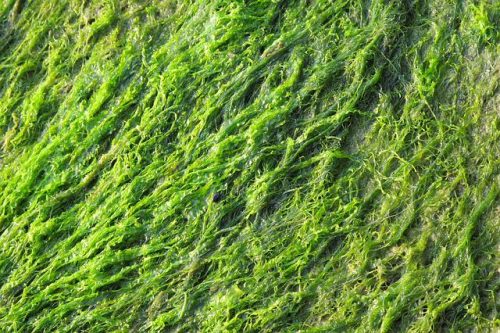
| Common name | Scientific name |
| Green algae | Chlorophyta |
| Blue green algae | Cyanophyta |
| Yellow green algae | Xanthophyta |
| Green algae | Charophyta |
| Golden algae | Chrysophyta |
| Water silk algae | Spirogyra |
| Filamentous green algae | Oscillatoria |
| pennate marine diatom | Nitzschia |
| Green algae | Closterium |
| Yellow green algae | Ophiocytium |
Ferns (Pteridophyta)
They belong to the group of Polypodiopsida and are seedless and non-flowering plants but they are vascular plants and distribute spores for reproduction purpose. They are also oldest species and are 10,560 species found on earth. They are recognized by their green leafy foliage. They grow in damp areas with shades or in forests and grow up to 25 meters.
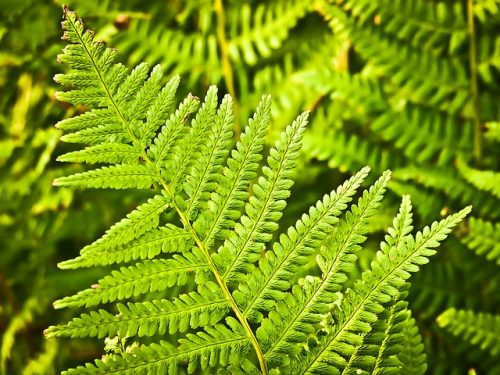
| Common name | Scientific name |
| Southern maidenhair fern | Adiantum capillus veneris |
| Northern maiden fern | Adiantum pedatum |
| Royal fern | Osmunda regalis |
| Asian royal fern | Osmunda japonica |
| Lady Fern | Athyrium filix-femina |
| Silver Lady Fern | Blechnum gibbum |
| Sensitive fern, (aka the bead fern) | Onoclea sensibilis |
| Ostrich fern | Matteuccia struthiopteris |
| Heart Fern | Hemionitis arifolia |
You might also be interested in: 12 Indigenous Plant Species of Pakistan
Mosses (Bryophyta)
These species are in the Bryophyta division. They are mostly found in the damp and shady places and don’t require soil for them to grow and can grow almost anywhere. Today there are about 12,000 mosses species found in the world. They have their own classification group now as they were first found in Marchantiophyta group. Sphagnum moss is the most common group of moss.
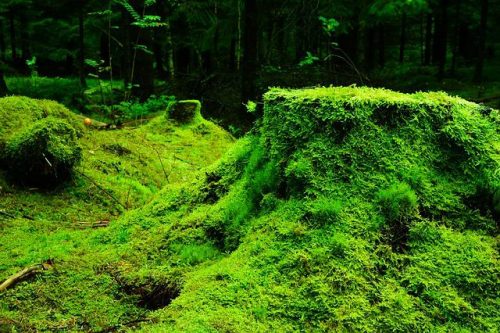
| Common name | Scientific name |
| Apple moss | Bartramia pomiformis |
| Carpet moss | genus Hypnum |
| Sheet moss | H. curvifolium |
| Cord moss | genus Funaria |
| Cushion moss | genus Leucobryum |
| Elf-cap moss | genus Buxbaumia |
| Extinguisher moss | genus Encalypta |
| Feather moss | Ptilim crista-castrensis, monotypic genus |
| Fern moss | genus Thuidium |
| Rose moss | Rhodobryum roseum |
Have a look at: 10 Indoor Plants For Improving Indoor Air Quality At Home
Conifers (Coniferophyta)
They are the seed producing non flowering plant. They are the woody and shrub like trees or plants in the Pinophyta division. They include junipers, cedars, pines and spruces. They are included in the gymnosperms group and can exist in various temperatures mostly present in the Northern Hemisphere. They produce seed bearing cones in which some are broken down to transport seeds via wind or depend on the birds for seeds transport. Some are in the form of large trees with soft needles or with or small shrubs.
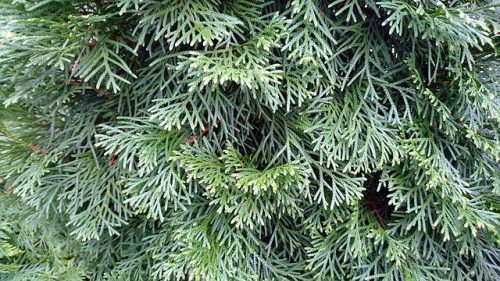
| Common name | Scientific name |
| Pindrow Fir | Abies pindrow |
| Morinda spruce | Picea smithiana |
| Deodar | Cedrus deodara |
| Blue pine | Pinus Wallichiana |
| Chir pine | Pinus rosburggi |
| Chilghoza pine | Pinus geradiana |
| Juniper | Juniperus macropoda |
| Greek juniper | Juniperus excelsa |
| Silver fir | Abies Alba |
Magnoliophyta (flowering plants)
They are the most beautiful kind of plants that grow on our plant. They are a wide variety ranging from tall oak trees to beautiful sunflowers or floating lotus. There are more than 300,000 species of flowering plants. They are regarded as angiosperms as their flowers have seeds that are the main reproduction organ and have complex vascular tissue system to transport food and water. Flowering plants can also be divided into annual and perennial it depends on the fact that if they survive winter.
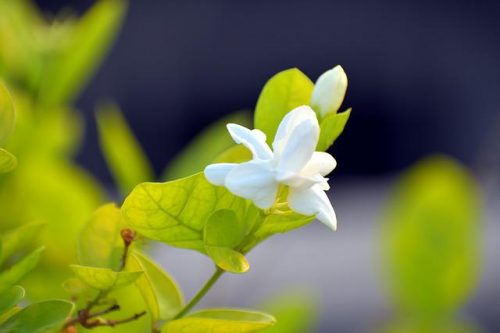
| Common name | Scientific name |
| Dandelion | Taraxacum |
| Joint-pine/jointfir/Mormon-tea | Ephera |
| Lesser bindweed / perennial morning glory | Convolvulus arvensis |
| Shrub verbenas | Lantana |
| Thistle | Asteraceae |
| Broadleaf cattail | Typha latifolia |
| Campylanthus | Campylanthus ramosissimus |
| Thorn apple/ jimsonweed | Datura stramonium |
| Milkweed | Calotropis |
| Malabar nut/adulsa | Justicia Adhatoda |
| Rhododendron /pontic rhododendron | Rhododendron ponticum |
| Water hyacinth | Eichhornia crassipes |
| Morina | morina |
| Jasmine | Jasminum |
You may also like: 10 Plants That You Can Grow In Water At Home
We hope you liked this post! Please comment below if you have any suggestions, comments or feedbacks! We at #envpk love hearing from readers! Thanks.

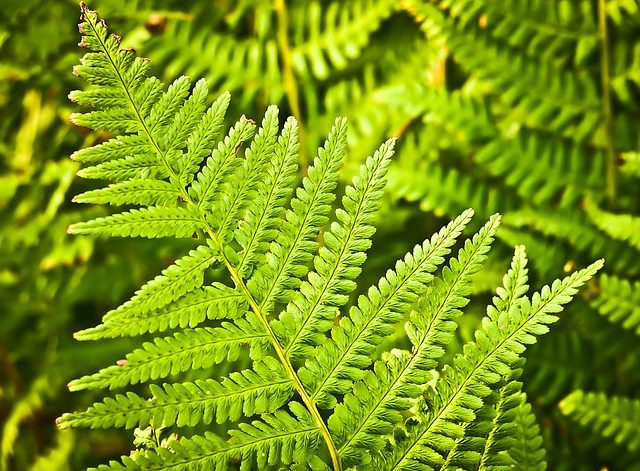

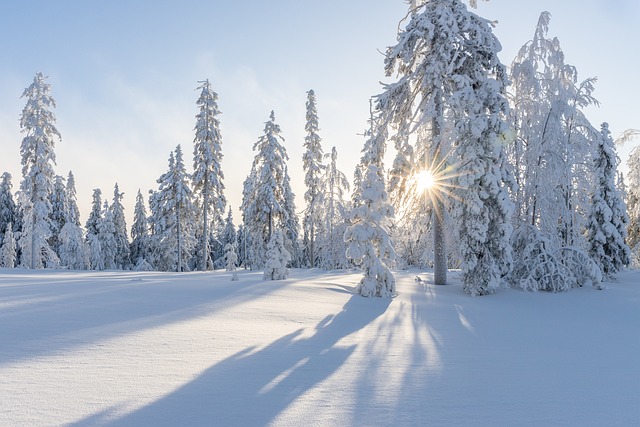

1 Comment
Please send me complete details for algae forming on commercial base